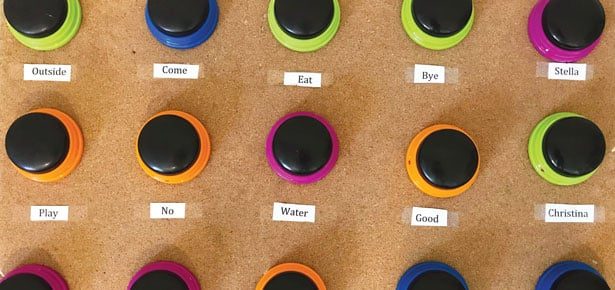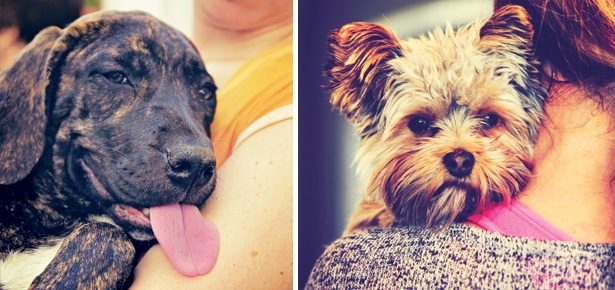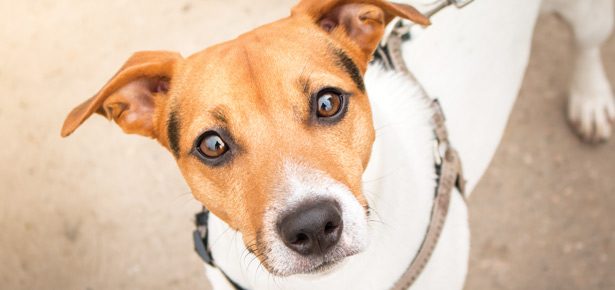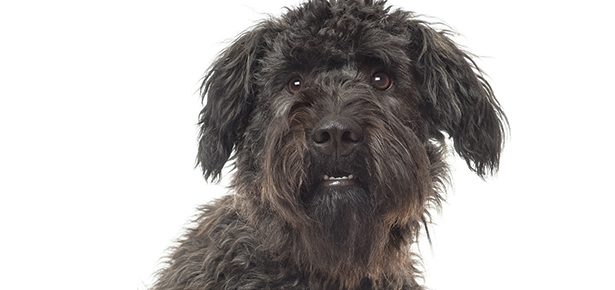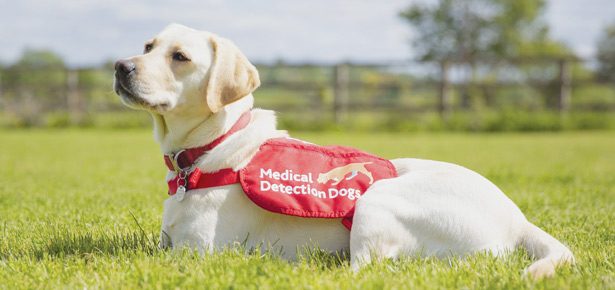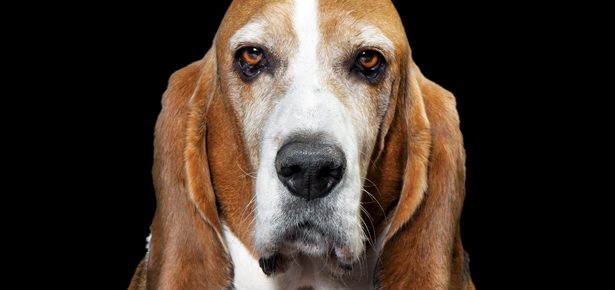

Ask an Expert – Small Dog Syndrome
Training advice for agressive small dogs
Q: My Yorkie, April, is perfectly well behaved—most of the time. But the moment she sees a big dog, she barks her head off and charges, whether she’s off-leash or on. Why does she do this and how do I get her to stop? —Tired of Bluffing in Bloomington
A: Small dog. Big mouth. Are our blustery, pint-sized pooches the product of nature, nurture, or a bit of both? Perhaps it’s a genetically ingrained Napolean complex. Or could it be that April has developed SDS as a result of social experiences and parenting?
Small breeds are known for developing what trainers call Small Dog Syndrome (SDS). Small dogs are often allowed to exhibit undesired behaviour because it’s viewed as less of a nuisance and less dangerous than if it were displayed by their larger canine cousins. For example, the bite that April delivers to a Mastiff will yield far less damage than the reverse. People would never stand for a Mastiff racing around off-leash barking at others. People would panic: grab their dogs and children and run for their lives! April’s barking is less scary and has likely been somewhat tolerated. This means she’s practiced the behaviour again and again, forming this undesired habit.
SDS also develops when a well-intentioned parent “protects” their dog from the world. They may not allow their tiny dog to socialize with dogs larger in size for fear they will be hurt. Instead of allowing the dog to play, they sit with him in their lap or race in and swoop up the pup each time a bigger dog comes near. By doing so, they deprive their dog of important socialization with his surroundings and other dogs, creating a dog that is unsure, fearful, and anxious.
Often early signs of SDS are laughed off, ignored, or even reinforced. Perhaps April started giving a few small barks early and received some attention for it: “April, don’t pick that fight!” Maybe you picked her up and told her, “Shh…it’s okay.” Alternatively, if punishment was used—“Shh, APRIL KNOCK IT OFF”—she may have made an association that things get scary when big dogs come near. April thinks, “I get upset and mom totally loses it too!”
Regardless of the cause of her behaviour, for her safety (and the safety of others), we need April to act peacefully around others larger than her.
Operation Sweet Lil’ Dog
First, April must always be on leash outdoors during your training period. You will never prevent her from practicing this behaviour if she can dart off and run up to a larger dog. Right now and until you have this better controlled, April cannot have off-leash play time in areas where she may be tempted to confront a larger dog.
Second, April needs to learn to feel happy and confident when in proximity to larger dogs. Determine the distance away from other dogs where April can remain calm. 10 feet? 30 feet? A block? Once you’ve determined your distance, your job is to reliably and consistently feed April her most wished-for treats (rapid-fire feeding of treats the entire time she sees the dog.) or engage her with her favourite toy while the large dog is in sight (at 10-30 feet or whatever it may be). Talk to her in a happy “you are the best dog” voice. Over time, April will learn that the presence of big dogs means good things for her.
Once the dog is out of sight, food and games stop. You return to normal. Repeat this each and every time a large dog is within view. Gradually decrease the distance between April and other dogs. April’s comfort predicts the speed of this. Meaning, work ONLY at distances where April can look at a dog, but still focus on you and her treats or game without barking. If you are consistent, you will progress to being able to pass by other dogs without an explosion. This is possible, but it wholly rests on your shoulders to work consistently with April. A big part of being consistent is being prepared. Never leave the house without April’s favourite toys and treats.
Never punish April if she does bark during this process. Just realize that you are pushing her a bit too fast and need to take it a bit slower. Remain calm and just move on.
Because timing and consistency is so important, I always recommend working with a reward-based, gentle trainer. It’s good to have a coach in kicking-off this process. Check out apdt.com for a trainer in your area.
A must-buy for you and April: a fantastic book by Dr. Patricia McConnell called The Cautious Canine (patriciamcconnell.com).
Join the newsletter and never miss out on dog content again!
"*" indicates required fields
By clicking the arrow, you agree to our web Terms of Use and Privacy & Cookie Policy. Easy unsubscribe links are provided in every email.
